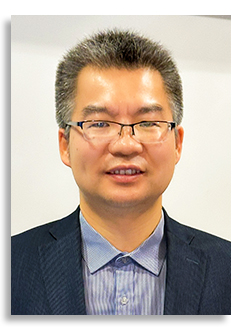
Abstract
As the power conversion efficiency of single-junction Si-based and perovskite-based solar cells have approaching their theoretical limit, two-junction tandem solar cells containing a wide-bandgap top sub-cell and a narrow-bandgap bottom sub-cell have drawn worldwide attention because they have ultrahigh power conversion efficiency beyond 45%. At present, Si-based and perovskite-based tandem solar cells are the mainstream types, and the main challenges are to find the suitable absorber materials with appropriate band gaps, excellent optoelectronic properties, compatible preparation processes, and low costs. Over the past decade, we widely explored the binary chalcogenide wide-bandgap solar cells with excellent stability and low cost such as CdSe, Sb2S3, CsPbI3 and hybrid perovskite solar cells. Recently, we mainly focused on the antisolvent-free all-perovskite tandem solar cells, and achieved verified efficiencies of ~29%@0.04 cm2, 27.4%@1cm2, 24.5%@20cm2, all of which are impressive values among all antisolvent-free all-perovskite tandem solar cells.
Click here to see all available video seminars.
Click here to go to the SPREE HOMEPAGE.
Brief Bio
Dr. Jiang Tang is a professor at Wuhan National Laboratory for Optoelectronics (WNLO) and School of Optical and Electronic Information (SOEI),
Huazhong University of Science and Technology (HUST). He received his Ph.D. from University of Toronto under the supervision of Prof. Edward H. Sargent. His current research focuses on monolithically integrated optoelectronic devices and systems. He pioneered
in antimony selenide solar cells, and halide perovskites for microdisplays. He has published 300+ papers in prestigious journals including Nature and Nature Photonics (7) and etc., with a total citation of 40,000 times and a H index of 106.
